The Beauty of Purple Sedum
How Do You Grow Purple Sedum Outdoor? Tips And Tricks
Purple Sedum
Are you looking to add some color to your outdoor space? Look no further than purple sedum. This hardy plant is easy to grow and requires minimal care, making it an excellent choice for gardeners of all levels. But how do you grow purple sedum outdoors?
In this article, we will explore everything you need to know about growing it, also known as orpine in your garden. From the best-growing conditions to the essential care tips, we've got you covered. So, grab your gardening gloves, and let's get started on growing beautiful purple sedum in your outdoor space.
How Do You Grow Purple Sedum Outdoor? Tips And Tricks
1. Is sedum easy to grow?
2. Do sedums prefer sun or shade?
3. How do you grow purple sedum?
3.1 Choose the right location
3.2 Prepare the soil
3.3 Prepare the sedum
3.4 Plant the sedum
3.5 Water the plant
3.6 Mulch around the plant
3.7 Prune as needed
4. How do you care for Purple Emperor sedum?
5. Conclusion
1. Is sedum easy to grow?
Purple Sedum is generally considered an easy plant to grow. Sedum is a hardy and low-maintenance plant that is tolerant of a wide range of growing conditions. Some of the reasons why sedum is easy to grow include:
Tolerance for different soil types: The adaptability of sedum allows it to grow successfully in a diverse range of soil types, including sandy and clay soils. While they do favor well-draining soil, they have the ability to withstand poor soil conditions.
Drought tolerance: Thanks to its impressive drought tolerance, sedum can thrive in areas with limited access to water and still maintain its vibrant appearance.
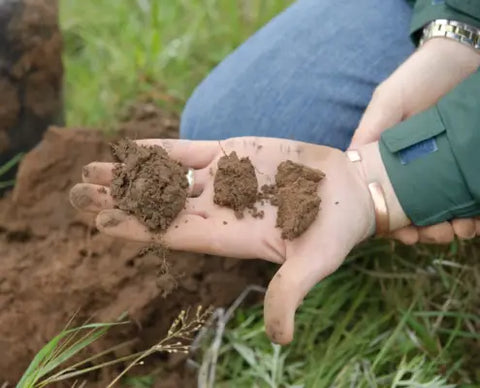
Pest and disease resistance: Purple Sedum is relatively pest and disease-resistant, which means you don't have to worry about dealing with pests or diseases that could harm the plant.
Minimal pruning needs: Purple Sedum does not require regular pruning, and you only need to trim back any dead or damaged stems to keep the plant looking tidy.
Versatility: With such a broad selection of sedum varieties available, you can handpick the perfect plant to fit the specific dimensions and design of your garden.
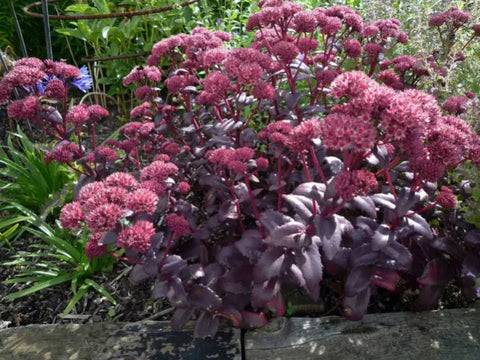
2. Do sedums prefer sun or shade?
Purple Sedum generally prefers full sun to partial shade. They are sun-loving plants that require at least six hours of sunlight per day to thrive. However, some sedum varieties can tolerate partial shade and can be grown in areas that receive less than six hours of sunlight per day.
It is important to note that different sedum varieties may have different sun and shade preferences, so it is important to check the specific requirements for the sedum variety you are planting.
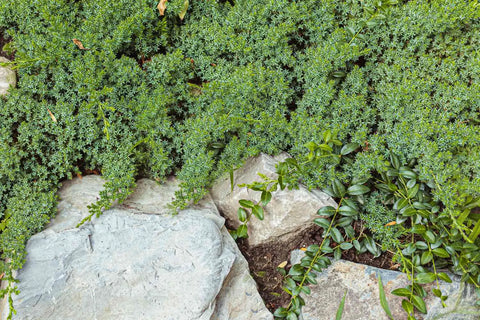
Some sedums, like the popular Sedum Autumn Joy, can tolerate some shade but will produce fewer flowers in shaded areas. Other varieties, like Angelina sedum, prefer full sun and may become leggy or less vibrant in shaded areas.
In general, if you want your sedums to flower and maintain their vibrant color, it is best to plant purple sedum in a location that receives full sun or at least six hours of direct sunlight per day.
However, if you are planting sedums in a hot, dry climate, providing them with some afternoon shade can help protect them from heat stress. You can read more about “Can you grow Sedum Autumn Joy indoors?” here.
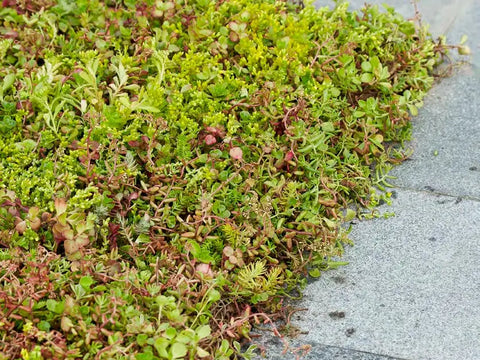
3. How do you grow purple sedum?
Purple sed is a hardy and low-maintenance plant that is ideal for growing outdoors. Here are some steps to grow purple sedum successfully:
3.1 Choose the right location
Purple sedum thrives in full sun, so choose a spot in your garden that receives at least six hours of sunlight per day.
3.2 Prepare the soil
Sedum prefers well-draining soil, so make sure the soil is loose and not compacted. If your soil is heavy or clayey, mix in some sand or grit to improve drainage.
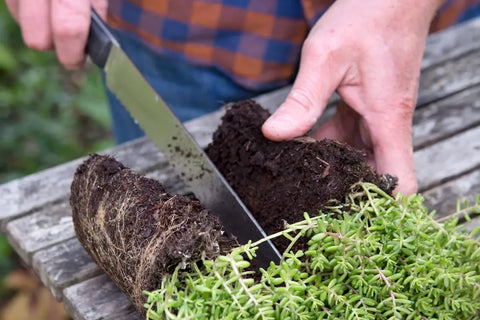
3.3 Prepare the sedum
To prepare a sedum plant for planting, choose a sunny spot with well-draining soil, amend the soil with compost or other organic matter if necessary, and plant the sedum at the same depth it was growing in its nursery container.
3.4 Plant the sedum
Dig a hole that is about twice the size of the root ball of your sedum plant. After inserting the plant, fill the hole with earth. To remove any air pockets, lightly tamp the earth down.
3.5 Water the plant
Give your newly planted sedum a good watering to help settle the soil and encourage root growth. After that, water the plant only when the soil feels dry to the touch.

3.6 Mulch around the plant
Adding a layer of mulch around the sedum plant can help retain moisture and suppress weed growth. Prepare the area by removing any weeds or debris from around the sedum plant. Apply a 2-3 inch layer of mulch around the base of the sedum plant, taking care not to cover the stem or leaves.
3.7 Prune as needed
Purple sedum does not require regular pruning, but you may need to trim back any dead or damaged stems to keep the plant looking tidy.
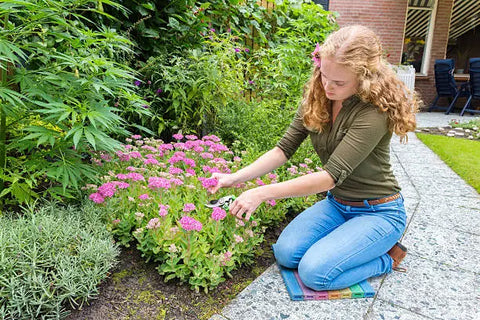
With these steps, your purple sedum should grow well and provide a beautiful splash of color in your garden.
4. How do you care for Purple Emperor sedum?
Purple Emperor sedum is a variety of Hylotelephium telephium that features dark purple foliage and pinkish-red flowers. To care for this plant, follow the same guidelines as for other varieties of purple sedum.
- Sunlight: Purple Emperor sedum prefers full sunlight but can tolerate partial shade. The deep shade will not be good for its growth.
- Soil: This plant prefers well-draining soil that is slightly acidic to neutral. In dense clay soils, it struggles to grow.
- Watering: Purple Emperor sedum is drought tolerant and does not require much watering. Only water when you can touch the soil and it feels dry. Overwatering can lead to root rot.
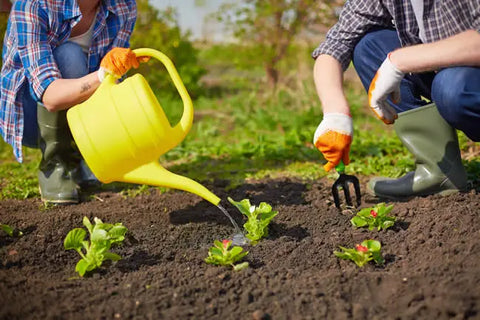
- Fertilizing: This purple sedum does not require regular fertilization. You can apply a slow-release fertilizer once a year in the spring if desired.
- Pruning: This plant does not require regular pruning, but you can trim back any dead or damaged stems to keep the plant looking neat.
- Propagation: You can propagate Purple Emperor sedum by taking stem cuttings in the spring or early summer. Dip the cut end of the stem in rooting hormone and plant it in well-draining soil. Keep the soil moist until the plant establishes roots.
- Winter care: Purple Emperor sedum is hardy to USDA zones 3-9 and can tolerate cold temperatures. However, in areas with harsh winters, you can mulch around the base of the plant to protect it from freezing.

By following these care tips, your Purple Emperor sedum should thrive and provide a stunning display of color in your garden.
5. Conclusion
In conclusion, growing purple sedum outdoors is a great way to add color and texture to your garden. By following the simple tips outlined in this article, you can ensure that your plant thrives in your outdoor space. So, how do you grow purple sedum outdoors? It's easy - just follow these simple steps and watch your garden come to life with the vibrant colors of this stunning plant. To grow your own beautiful things, it's important to start with high-quality seeds. The Rike is an excellent choice for purchasing reliable sedum seeds to ensure a successful and thriving garden.





Leave a comment